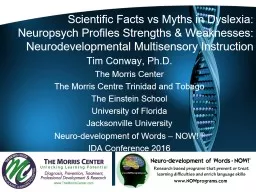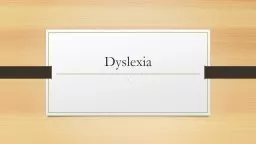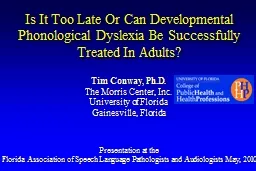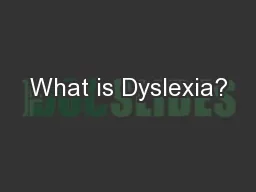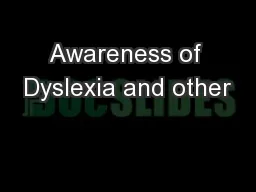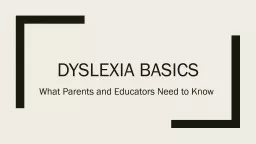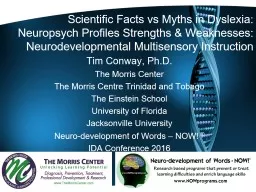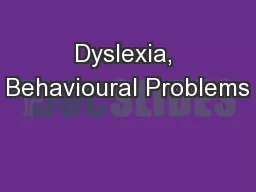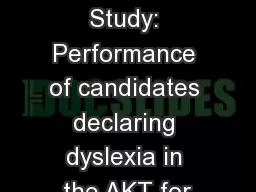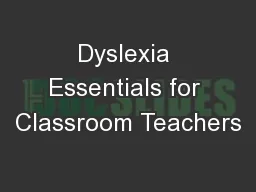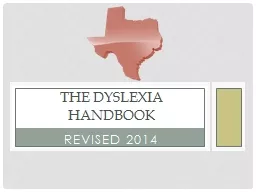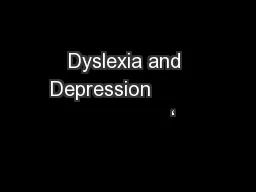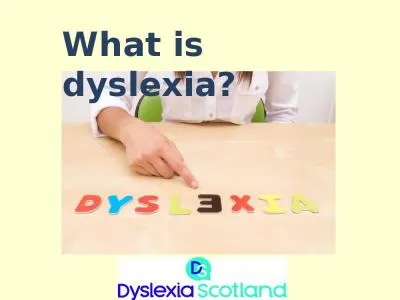PPT-Scientific Facts vs Myths in Dyslexia:
Author : phoebe-click | Published Date : 2017-12-08
Neuropsych Profiles Strengths amp Weaknesses Neurodevelopmental Multisensory Instruction Tim Conway PhD The Morris Center The Morris Centre Trinidad and Tobago The
Presentation Embed Code
Download Presentation
Download Presentation The PPT/PDF document "Scientific Facts vs Myths in Dyslexia:" is the property of its rightful owner. Permission is granted to download and print the materials on this website for personal, non-commercial use only, and to display it on your personal computer provided you do not modify the materials and that you retain all copyright notices contained in the materials. By downloading content from our website, you accept the terms of this agreement.
Scientific Facts vs Myths in Dyslexia:: Transcript
Download Rules Of Document
"Scientific Facts vs Myths in Dyslexia:"The content belongs to its owner. You may download and print it for personal use, without modification, and keep all copyright notices. By downloading, you agree to these terms.
Related Documents

